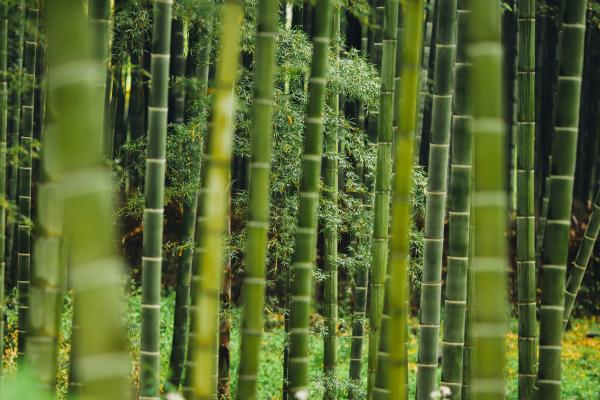KUALA LUMPUR, July 9 — The main barrier to the development of Malaysia’s small bamboo industry is different state governments’ land policies, said Plantation and Commodities Minister Datuk Seri Johari Abdul Ghani.
He said state governments are more interested in oil palm cultivation.
“Many state governments are unwilling to give us land to plant bamboo, and even though explanations have been given, they are more interested in oil palm as they can reap yields in three-and-a-half years.
“The oil palm industry is more attractive because of its complete ecosystem from upstream, mainstream, and downstream, with a large export value of over RM100 billion. It also has many downstream products with high margins, including oleochemicals. But for bamboo, (the industry) is still small,” he said.
He said this in response to a supplementary question from Datuk Seri Wee Jeck Seng (BN-Tanjung Piai) about the government’s initiative to discuss bamboo development with states during an oral question-and-answer in the Dewan Rakyat today.
Johari said the Sarawak government sees the potential in bamboo cultivation and had allocated 3,339ha of land for this purpose.
“The process is happening, but when we explore this forest, we also face the issue of deforestation, as forest cover will fall below 50 per cent, which we cannot have.
“We have also approached landowners of rubber and oil palm plantations that cannot be managed, to replace the crops with bamboo, but most of them have said no. We will continue to engage with them about bamboo demand and revenue, which can benefit the country in the future,” he said.
Johari shared that for commercial planting, a minimum of 2,000ha land is needed for sustainable bamboo production and to create a downstream or midstream industry, which is difficult with a small scale.
He said the export trade of bamboo and bamboo-based products in 2023 amounted to RM20.1 million compared with RM13.7 million in 2022.
“If we look at the oil palm industry, we have 5.7 million ha and 1.1 million ha for rubber, but for bamboo, there is only 4,000ha… There is a big difference.
“The difficulty in getting land from state governments has also posed problems with the size we want to give to smallholders, which is too little. This is why bamboo production in the country is lower,” he said.
He shared that Malaysia imported bamboo at a value of RM108 million last year for downstream industries such as handicraft, involving 528 firms, furniture industry (seven firms), textile (three firms) and construction (17 firms).
“They are allowed to import because the sustainability of our supply is still far from what we had hoped for,” he said.
To ensure the country’s bamboo industry continues to improve, Johari said his ministry, through the National Timber Industry Board, has prepared the Malaysian Bamboo Industry Development Action Plan 2021-2030.
This plan focuses on five thrusts — policy strengthening and resource expansion; increasing human capital, expertise and capacity; strengthening innovation, technology and research, development and commercialisation; chain empowerment and quality assurance; and strengthening marketing strategies and smart partnerships, he said.
According to the Bamboo Global Market Report 2024, the world bamboo industry was worth US$70.6 billion in 2023, and is expected to grow to US$97.8 billion in 2028, contributed by factors such as the diverse applications of bamboo products and the potential of bamboo as a sustainable product.
— Bernama




